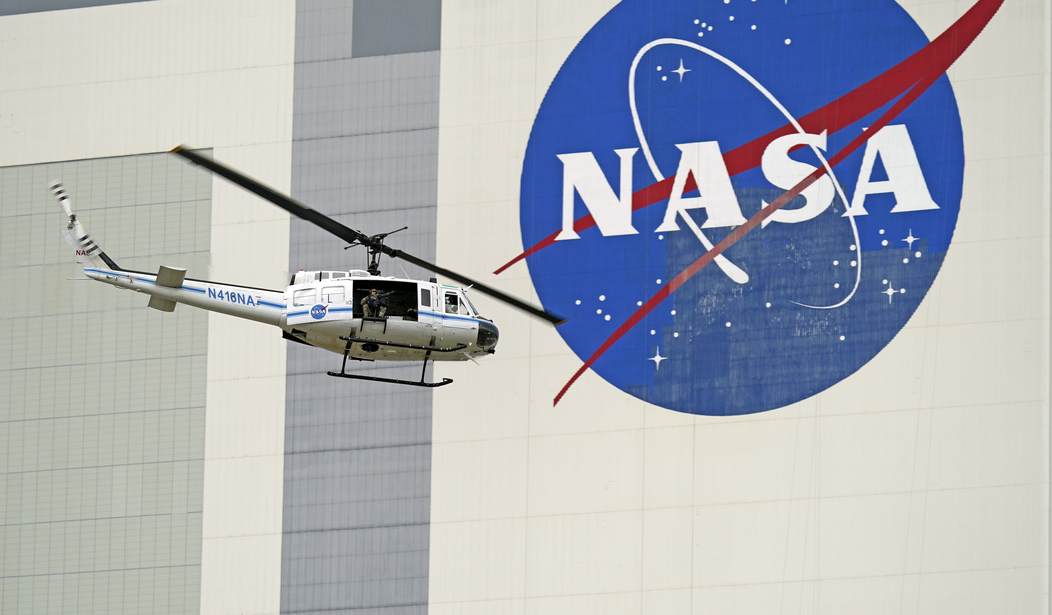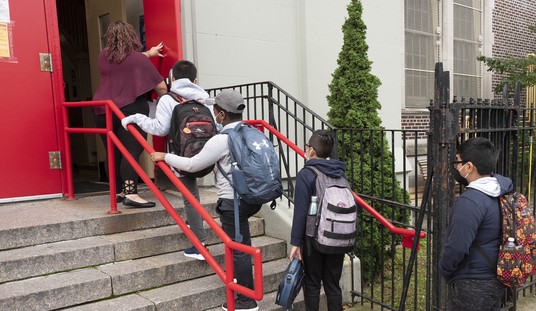The space race of the 1960s is a fascinating era to study because of both the scientific implications and the geo-political tensions that drove the U.S. and the USSR to get to the moon first.
The two nations were in the midst of the Cold War, and American fears of a “red moon” that the Russians would claim for Communism drove NASA and its partners in American industry to push to get the U.S. to the moon first.
Fifty years since we last set foot on the moon, NASA has made its first foray back to the moon with November’s launch of Artemis I. The bureaucracy of big government and an outdated approach to making our way back to the moon means that Artemis II may not happen until 2024 or 2025.
“NASA’s big problem, however, isn’t the fiscal blowback from a decision made out of necessity way back in 2013,” wrote PJ Media’s brilliant and perceptive Vodkapundit last month. “The problem is that NASA… should have torn up every spaceflight and spaceship plan they had back in 2017.”
The problem we’re facing right now is bigger than a lack of interest that could result from a slow-moving space program. The issue is that we’re in a space race where the stakes are potentially higher than they were in the ’60s. It’s not as public as the original space race was, but we’re going toe-to-toe with China.
If you think that sounds dramatic, let’s see what NASA administrator Bill Nelson has to say about it.
For Our VIPs: Artemis I Was a Complete Success, but About That Followup Mission…
“It is a fact: we’re in a space race,” Nelson told Politico in an interview. “And it is true that we better watch out that they don’t get to a place on the moon under the guise of scientific research. And it is not beyond the realm of possibility that they say, ‘Keep out, we’re here, this is our territory.’”
China has ambitious plans to get to the moon by the end of the decade as well as building out infrastructure and “creating a space governance system,” as Politico puts it.
And don’t think that the Chinese wouldn’t use dominance in space for belligerent purposes. The U.S. military is worried about that possibility.
“I think it’s entirely possible they could catch up and surpass us, absolutely,” Gen. Nina Armagno of the U.S. Space Force said in November. “The progress they’ve made has been stunning, stunningly fast.”
China “is the only country with both the intent to reshape the international order and increasingly, the economic, diplomatic, military and technological power to achieve that objective,” she added.
“There is potentially mischief China can do on the moon,” said former astronaut and Air Force colonel Terry Virts to Politico. “If they set up infrastructure there they could potentially deny communications, for example. Having them there doesn’t make things easier. There is real concern about Chinese meddling.”
For its part, China insists that “outer space is not a wrestling ground,” but it’s not at all difficult to imagine China using the moon, Mars, or a space station for nefarious purposes, even at a whim. That’s why it’s important for the U.S. to step up its game in this space race.
Congress agreed to most of NASA’s funding requests in the recent budget, but time is more important than money. Nelson says that Artemis II can happen “within two years” and that “hopefully we can speed that up.” But what can the Chinese do while we fool around with the Artemis program for months at a time?
NASA should partner with private space ventures like SpaceX and Blue Origin. Anything that can buy time and build efficiencies into the space program will help the U.S. defeat China. It’s important, and we can’t fall behind.










Join the conversation as a VIP Member